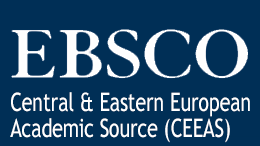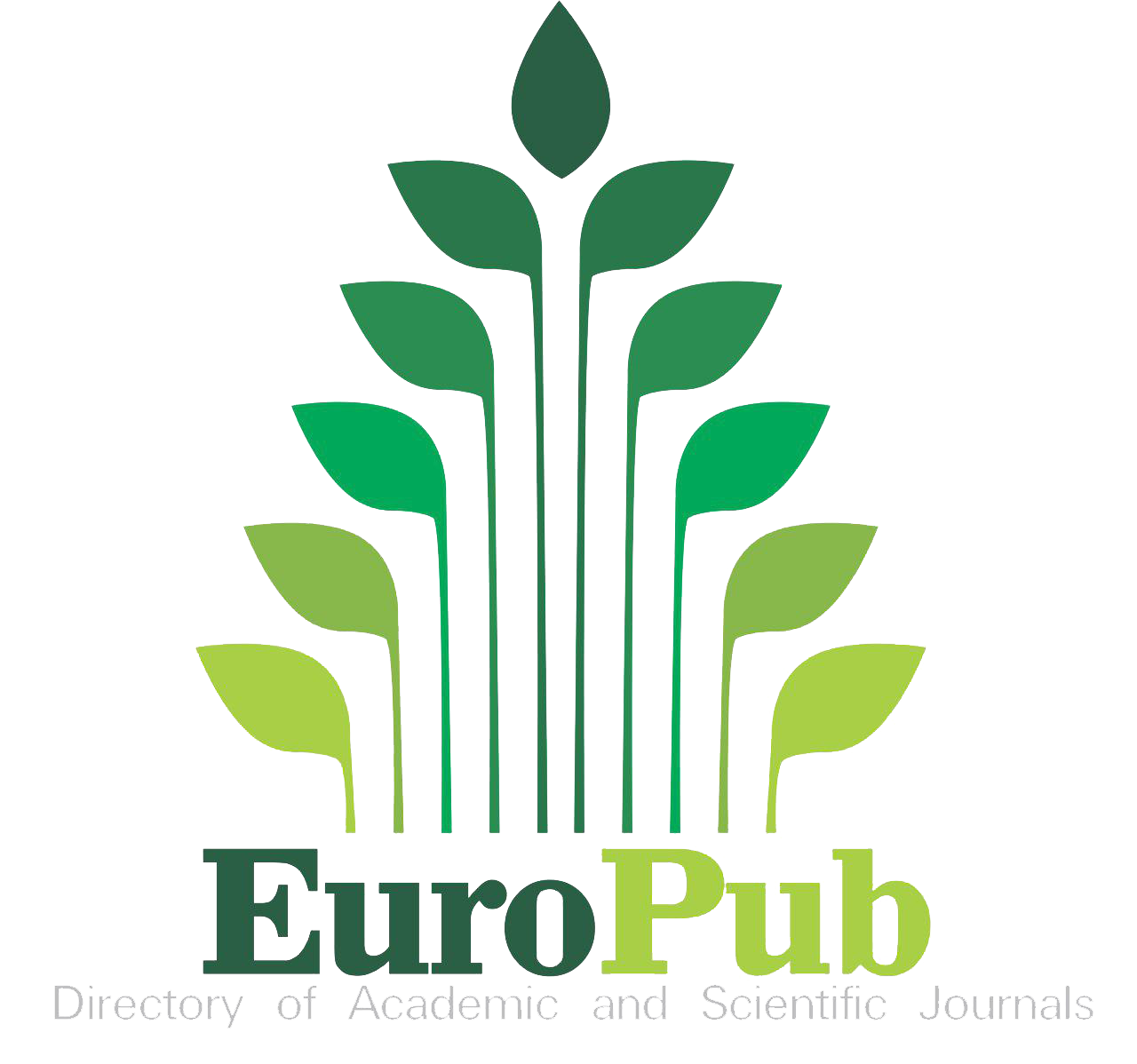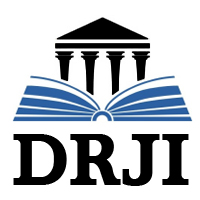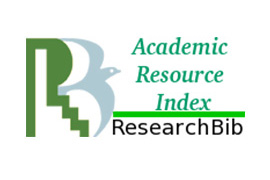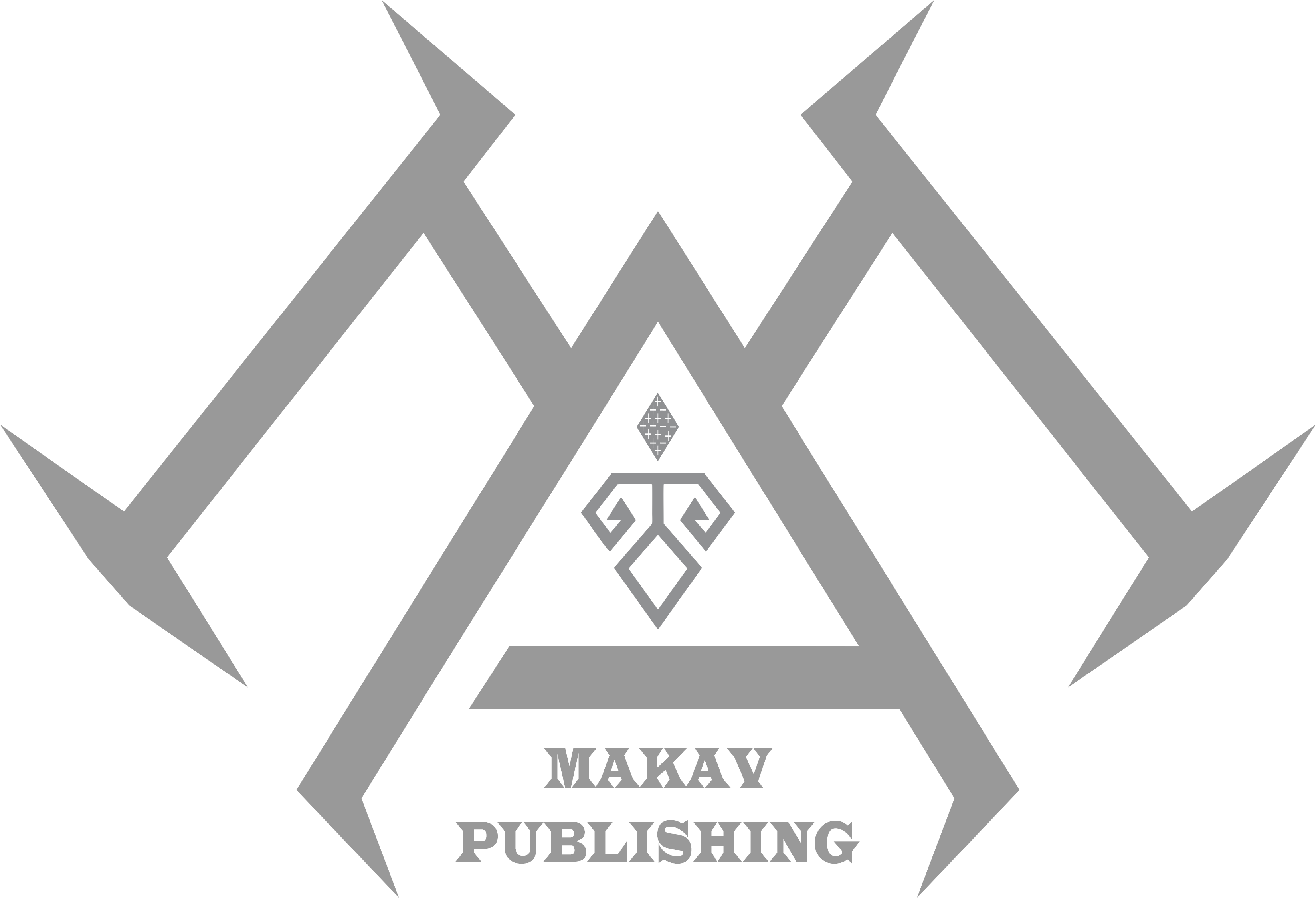An overview of some ischemia/reperfusion models created in rats and the application procedure of these models
Ischemia reperfusion models created in rats
DOI:
https://doi.org/10.5281/zenodo.8142943Keywords:
Ischemia, reperfusion, rat, tissue damageAbstract
As a result of damage induced by ischemia-reperfusion in organs and tissues in various conditions such as sepsis, open surgeries, tissue transplantations, organ tumors, and shock, organ damage, and related dysfunction occur. Recently, various studies on experimental animals have tried to develop agents that can prevent or treat ischemia-reperfusion injury. Understanding the mechanism of damage caused by ischemia-reperfusion in tissues and organs will be useful in developing an effective treatment method in this case. In addition, the feasibility of ischemia-reperfusion models in rats and the correct application of the methods of these models will increase the probability of success in preventing or treating organ dysfunction that may occur in this case. For this reason, in this study, we tried to give a general summary of the mechanism of damage in the experimental ischemia-reperfusion model in rats and the method of applying the ischemia-reperfusion model created in various organs/tissues. Because fully understanding the complex cellular events from the onset of ischemia to the occurrence of acute or chronic damage and the correct application of the model can provide us with new perspectives on the methods to be followed in treatment.
References
Soares ROS, Losada DM, Jordani MC, Évora P, Castro-E-Silva O. Ischemia/Reperfusion Injury Revisited: An Overview of the Latest Pharmacological Strategies. Int J Mol Sci. 2019;11:20(20):5034. doi: 10.3390/ijms20205034.
Maldonado C, Pushpakumar SB, Perez-Abadia G, Arumugam S, Lane AN. Administration of exogenous adenosine triphosphate to ischemic skeletal muscle induces an energy-sparing effect: role of adenosine receptors. J Surg Res. 2013; 1:181(1):e15-22. doi: 10.1016/j.jss.2012.06.033.
Bathe OF, Chow AW, Phang PT. Splanchnic origin of cytokines in a porcine model of mesenteric ischemia-reperfusion. Surgery. 1998;123(1):79-88. PMID: 9457227.
Jiang F, Guo N, Dusting GJ. Modulation of nicotinamide adenine dinucleotide phosphate oxidase expression and function by 3', 4’-dihydroxy flavonol in phagocytic and vascular cells. J Pharmacol Exp Ther. 2008;324(1):261-9. doi: 10.1124/jpet.107.131433.
Zeng X, Zhang YD, Ma RY, et al. Activated Drp1 regulates p62-mediated autophagic flux and aggravates inflammation in cerebral ischemia-reperfusion via the ROS-RIP1/RIP3-exosome axis. Mil Med Res. 2022;27(1):25. doi: 10.1186/s40779-022-00383-2.
Cai J, Chen X, Liu X, et al. AMPK: The key to ischemia-reperfusion injury. J Cell Physiol. 2022;237(11):4079-4096. doi: 10.1002/jcp.30875.
Reilly PM, Schiller HJ, Bulkley GB. Pharmacologic approach to tissue injury mediated by free radicals and other reactive oxygen metabolites. The Am J Off Surgery. 1991;161: 488-503. oi: 10.1016/0002-9610(91)91120-8.
Granger DN. Role of xanthine oxidaze and granulocytes in ischemia- reperfusion injury. Am J Physiol. 1988; 255. doi: 10.1152/ajpheart.1988.255.6.H1269.
Kezić A, Stajic N, Thaiss F. Innate immune response in kidney ischemia/reperfusion injury: Potential target for therapy. J Immunol Res. 2017;2017:6305439. doi: 10.1155/2017/6305439.
Sharfuddin AA, Molitoris BA. Pathophysiology of ischemic acute kidney injury. Nat Rev Nephrol. 2011;7:189–200. doi: 10.1038/nrneph.2011.16.
Zhao F, Wang X, Liang T, et al. Effect of hyperbaric oxygen on tissue damage and expression of adhesion molecules and C3 in a rat model of renal ischemia-reperfusion injury after kidney transplantation. Ann Transplant. 2020;25:e919385. doi: 10.12659/AOT.919385.
Buys-Gonçalves GF, Abreu LA, Gregorio BM, Sampaio FJ, Pereira-Sampaio MA, de Souza DB. Antioxidants as renoprotective agents for ischemia during partial nephrectomy. Biomed Res Int. 2019;2019:8575398. doi: 10.1155/2019/8575398.
Carden DL, Granger DN. Pathophysiology of ischemia-reperfusion injury. J Pathol. 2000;190:255–66. PMID: 16808098.
Raedschelders K, Ansley DM, Chen DDY. The cellular and molecular origin of reactive oxygen species generation during myocardial ischemia and reperfusion.Pharmacol Ther. 2012;133:230–55. doi:10.1016/j.pharmthera.2011.11.004.
Zaouali MA, Abdennebi HB, Padrissa-Altes S, Mahfoudh-Boussaid A, Rosello-Catafau J. Pharmacological strategies against cold ischemia-reperfusion injury. Expert Opin Pharmacother. 2010;11:537–55. doi: 10.1517/14656560903547836.
Alva N, Bardallo RG, Basanta D, Palomeque J, Carbonell T. Preconditioning-like properties of short-term hypothermia in isolated perfused rat liver (IPRL)system. Int J Mol Sci. 29;19(4):1023. doi:10.3390/ijms19041023.
Jaeschke H, Woolbright BL. Current strategies to minimize hepatic ischemia-reperfusion injury by targeting reactive oxygen species. Transplant Rev.2012;26:103–14.doi: 10.1016/j.trre.2011.10.006.
Senoner T, Schindler S, St€attner S,€Ofner D, Troppmair J, Primavesi F. Associations of oxidative stress and postoperative outcome in liver surgery with an outlook to future potential therapeutic options. Oxid Med Cell Longev. 2019;2019:1–18. doi: 10.1155/2019/3950818.
Sanada S, Komuro I, Kitakaze M. Pathophysiology of myocardial reperfusion injury: preconditioning, postconditioning, and translational aspects of protective measures. Am J Physiol Heart Circ Physiol. 2011;301(5):H1723-41. doi: 10.1152/ajpheart.00553.2011.
Bulkley GB. Free radical-mediated reperfusion injury: a selective review. Br J Cancer Suppl. 1987;8:66-73. PMID: 3307876.
Yellon DM, Hausenloy DJ. Myocardial reperfusion injury. N Engl J Med. 2007;357(11):1121-35. doi: 10.1056/NEJMra071667.
Zhao BQ, Chauhan AK, Canault M, et al. von Willebrand factor-cleaving protease ADAMTS13 reduces ischemic brain injury in experimental stroke. Blood. 2009;114(15):3329-34. doi: 10.1182/blood-2009-03-213264.
Slezak J, Tribulova N, Okruhlicova L, Dhingra R, Bajaj A, Freed D, Singal P. Hibernating myocardium: pathophysiology, diagnosis, and treatment. Can J Physiol Pharmacol. 2009;87(4):252-65. doi: 10.1139/Y09-011.
Jennings RB, Sommers MH, Smyth GA, Flack HA, Linn H.. Myocardial necrosis induced by temporary occlusion of a coronary artery in the dog. Arch Pathol. 1960;70:68-78. PMID: 14407094.
Nour M, Scalzo F, Liebeskind DS. Ischemia-reperfusion injury in stroke. Interv Neurol. 2013;1(3-4):185-99. doi: 10.1159/000353125.
Eltzschig HK, Eckle T. Ischemia and reperfusion--from mechanism to translation. Nat Med. 2011;17(11):1391-401. doi: 10.1038/nm.2507.
Kalogeris T, Baines CP, Krenz M, Korthuis RJ. Cell biology of ischemia/reperfusion injury. Int Rev Cell Mol Biol. 2012;298:229-317. doi: 10.1016/B978-0-12-394309-5.00006-7.
Hotchkiss RS, Strasser A, McDunn JE, Swanson PE. Cell death. N Engl J Med. 2009;361(16):1570-83. doi: 10.1056/NEJMra0901217.
Russo E, Nguyen H, Lippert T, Tuazon J, Borlongan CV, Napoli E. Mitochondrial targeting as a novel therapy for stroke. Brain Circ. 2018;4(3):84-94. doi: 10.4103/bc.bc_14_18.
Yang JL, Mukda S, Chen SD. Diverse roles of mitochondria in ischemic stroke. Redox Biol. 2018;16:263-275. doi: 10.1016/j.redox.2018.03.002.
Galkin A. Brain Ischemia/Reperfusion Injury and Mitochondrial Complex I Damage. Biochemistry (Mosc). 2019;84(11):1411-1423. doi: 10.1134/S0006297919110154.
Sanderson TH, Reynolds CA, Kumar R, Przyklenk K, Hüttemann M. Molecular mechanisms of ischemia-reperfusion injury in the brain: pivotal role of the mitochondrial membrane potential in reactive oxygen species generation. Mol Neurobiol. 2013;47(1):9-23. doi: 10.1007/s12035-012-8344-z.
Roughan JV, Flecknell PA. Behavioral effects of laparotomy and analgesic effects of ketoprofen and carprofen in rats. Pain. 2001;90(1-2):65-74. doi: 10.1016/s0304-3959(00)00387-0.
Selye H, Bajusz E, Grasso S, Mendell P Simple techniques for the surgical occlusion of coronary vessels in the rat. Angiology. 1960;11:398-407. doi: 10.1177/000331976001100505.
Calvillo L, Masson S, Salio M, et al. In vivo cardioprotection by N-acetylcysteine and isosorbide 5-mononitrate in a rat model of ischemia-reperfusion. Cardiovasc Drugs Ther. 2003;17(3):199-208. doi: 10.1023/a:1026182404805.
Calvillo L, Vanoli E, Andreoli E, Besana A, Omodeo E, Gnecchi M, Zerbi P, Vago G, Busca G, Schwartz PJ. Vagal stimulation, through its nicotinic action, limits infarct size and the inflammatory response to myocardial ischemia and reperfusion. J Cardiovasc Pharmacol. 2011;58(5):500-7. doi: 10.1097/FJC.0b013e31822b7204.
Cannon CZ, Kissling GE, Hoenerhoff MJ, King-Herbert AP, Blankenship-Paris T. Evaluation of dosages and routes of administration of tramadol analgesia in rats using hot-plate and tail-flick tests. Lab Anim (NY). 2010;39(11):342-51. doi: 10.1038/laban1110-342.
Kilkenny C, Browne WJ, Cuthi I, Emerson M, Altman DG. Improving bioscience research reporting: the ARRIVE guidelines for reporting animal research. Vet Clin Pathol. 2012;41(1):27-31. doi: 10.1111/j.1939-165X.2012.00418.x.
Hazir T, Fox LM, Nisar YB, et al. New Outpatient Short-Course Home Oral Therapy for Severe Pneumonia Study Group. Ambulatory short-course high-dose oral amoxicillin for treatment of severe pneumonia in children: a randomized equivalency trial. Lancet. 2008;371(9606):49-56. doi: 10.1016/S0140-6736(08)60071-9.
Braeuninger S, Kleinschnitz C. Rodent models of focal cerebral ischemia: procedural pitfalls and translational problems. Exp Transl Stroke Med. 2009;1:8. doi: 10.1186/2040-7378-1-8.
Hesketh EE, Czopek A, Clay M, et al. Renal ischemia-reperfusion injury: a mouse model of injury and regeneration. J Vis Exp. 2014;(88):51816. doi: 10.3791/51816.
Özgür Y, Özzeybek SD. Prevention of Rat Lower Extremity Ischemia-Reperfusion Injury With Tenoxicam. Akdeniz Medical Journal. 2020;6 (3):418-423. doi: 10.17954/amj.2020.2352
Toktay E, Gürbüz MA, Bal T, et al. Protective effect of daidzein on ovarian ischemia-reperfusion injury in rats. Cukurova Medical Journal. 2022;47: 102-110. doi: 10.17826/cumj.993250.
Wang J, Zhang W, Wu G. Intestinal ischemic reperfusion injury: Recommended rats model and comprehensive review for protective strategies. Biomed Pharmacother. 2021;138:111482. doi: 10.1016/j.biopha.2021.
Wei SM, Yan ZZ, Zhou J. Curcumin attenuates ischemia-reperfusion injury in rat testis. Fertil Steril. 2009;91(1):271-7. doi: 10.1016/j.fertnstert.2007.10.082.
Konishi T, Lentsch AB. Hepatic Ischemia/Reperfusion: Mechanisms of Tissue Injury, Repair, and Regeneration. Gene Expr. 2017;17(4):277-287. doi: 10.3727/105221617X15042750874156.
Downloads
Published
How to Cite
Issue
Section
License
Copyright (c) 2023 RATS

This work is licensed under a Creative Commons Attribution 4.0 International License.



